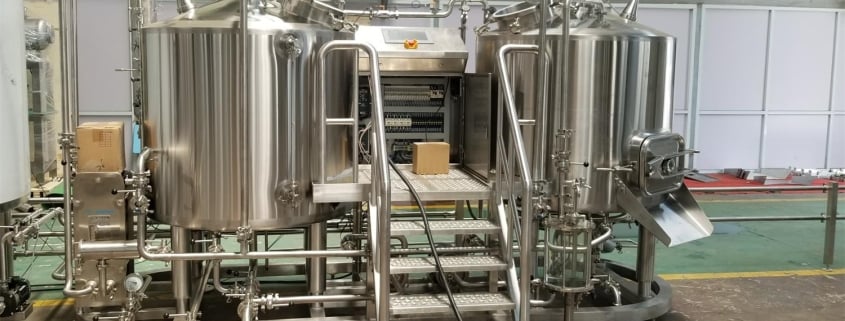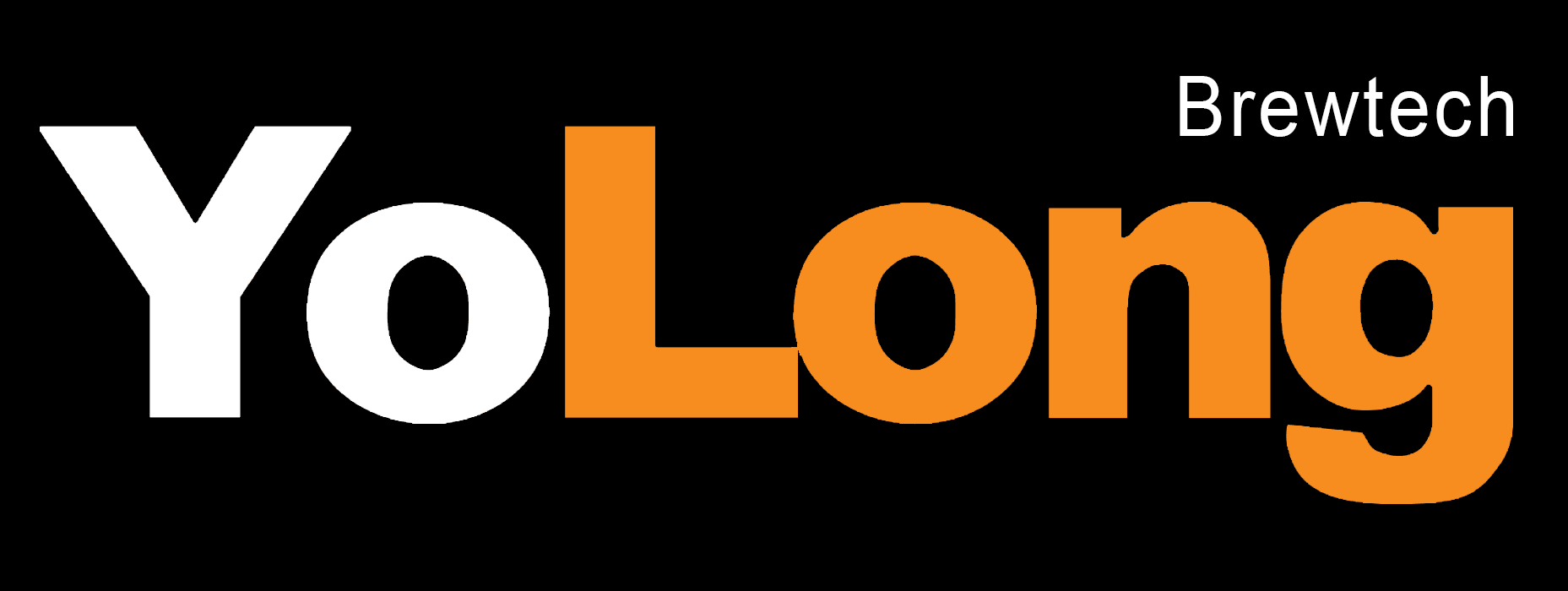How to Start a Craft Brewery Step-by-Step in 2025
Exploring the Craft Beer Boom and Its Market Potential
Alright, let’s kick things off with a little reality check: craft beer isn’t just a trend — it’s a movement. The global craft beer market hit over $120 billion in 2023 and is expected to grow steadily beyond 2025.
Research the Craft Brewery Market
Before you dive head-first into brewing, take a step back and study the scene. Not every city or neighborhood is ideal for a new taproom. Saturated markets can be tough to crack unless your beer truly stands out. Look at trends, demographics, and customer behavior. Are people leaning more toward fruity IPAs or classic stouts? Are they loyal to local brewers, or open to new ones?
Dig into reports from the Brewers Association, check local alcohol licensing databases, and, heck, just go out and visit other breweries. Talk to owners. Watch what sells. Read online reviews. These are goldmines of insight. You’ll start to see patterns — what works, what fails, and where gaps exist that you might fill.
You should also pay attention to economic and regulatory factors. Some states are far more small-biz and beer-friendly than others. Taxes, licensing, zoning laws — all this plays into your planning.

Create a Brewery Business Plan
A dream without a plan is just a buzzed fantasy. A solid business plan not only keeps you grounded, it’s essential for snagging investors or loans. Your plan should cover:
- Mission and Vision: What’s your brewery all about? Community? Innovation? Sustainability?
- Market Analysis: Who’s your target drinker? What do they love? Where do they hang out?
- Competitive Edge: What makes your beer and brand unique?
- Financial Projections: Costs, revenue, break-even point, growth plans.
- Operations: Staffing, supply chains, production volumes.
Don’t just make guesses — back everything up with data. For instance, if you plan to sell 1,000 barrels in your first year, show how that stacks up to similar-sized startups.
Legal and Licensing Requirements to Start a Craft Brewery
| Requirement | Details | Authority | Timeframe | Cost Estimate |
|---|---|---|---|---|
| Federal Brewer’s Notice | Required to produce beer legally in the U.S. | Alcohol and Tobacco Tax and Trade Bureau (TTB) | 90-120 days | Free |
| State Brewery License | Varies by state; allows production and sale | State Alcohol Beverage Control Board | 30-180 days | $500 – $5,000+ |
| Local Business License | Required to operate any business | City/County Offices | 7-30 days | $50 – $1,000 |
| Zoning and Use Permits | Must comply with zoning for food/alcohol | Local Zoning Office | 1-2 months | Varies by location |
| Health & Safety Permits | Sanitation and employee safety | Local Health Department | Ongoing | Inspection fees apply |
Pro tip? Hire a lawyer or consultant who specializes in alcohol and food-service law. It’ll save you time, headaches, and fines.

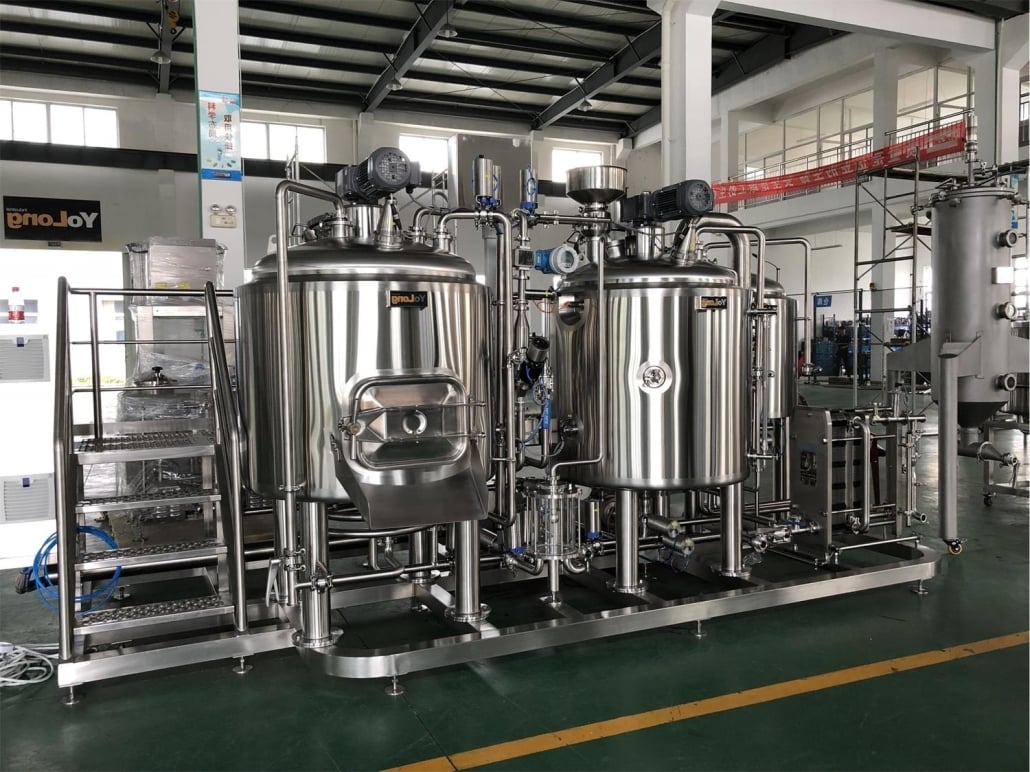
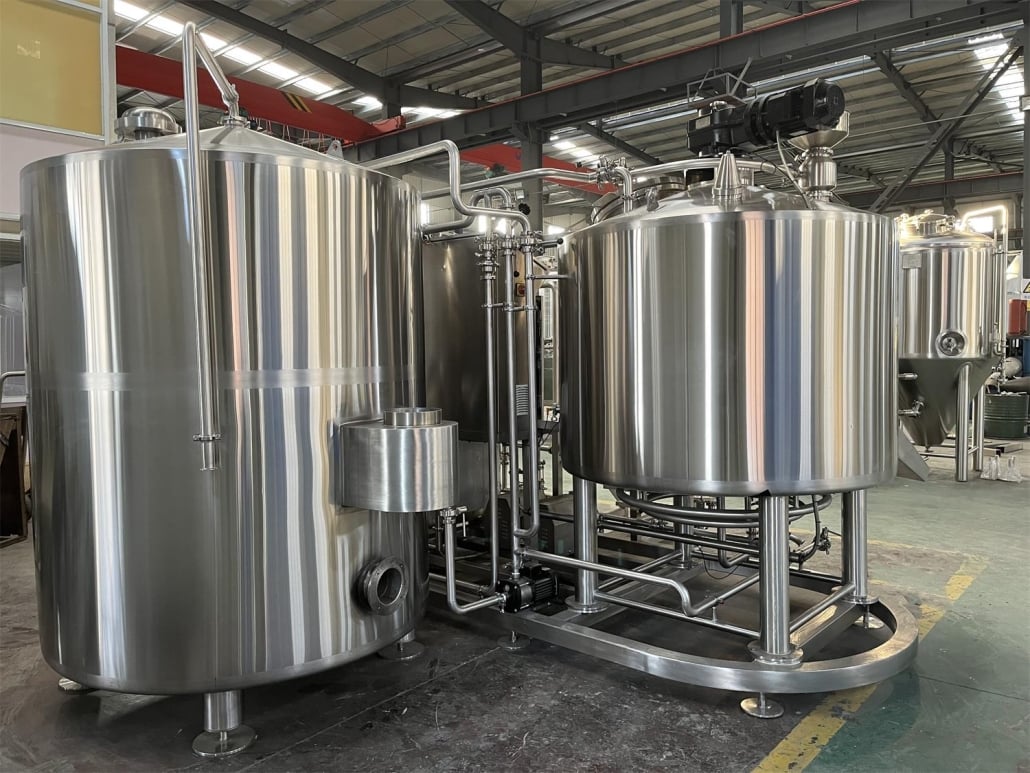
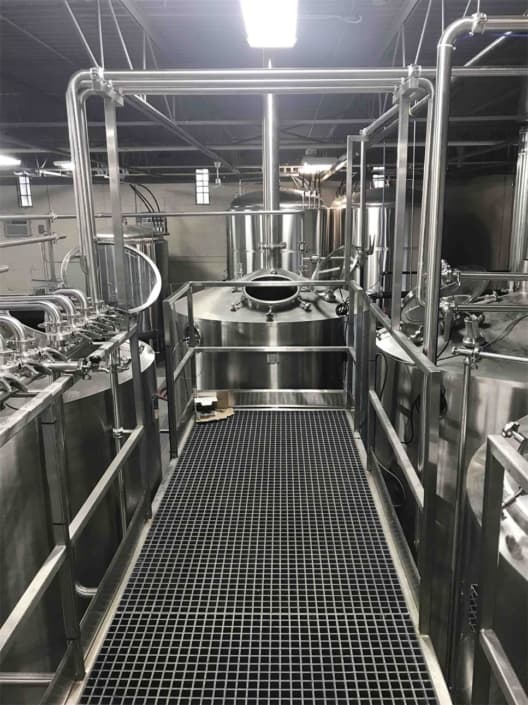
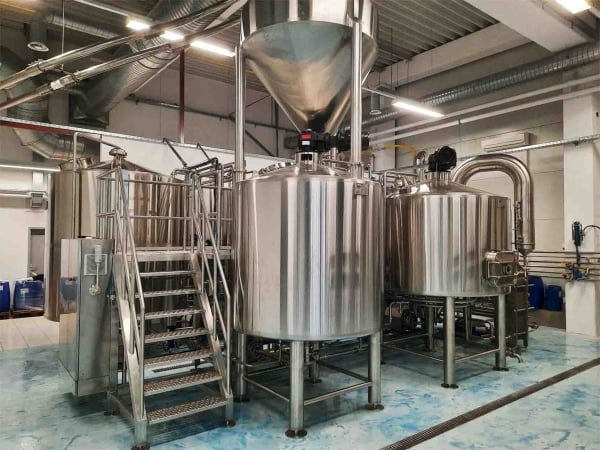
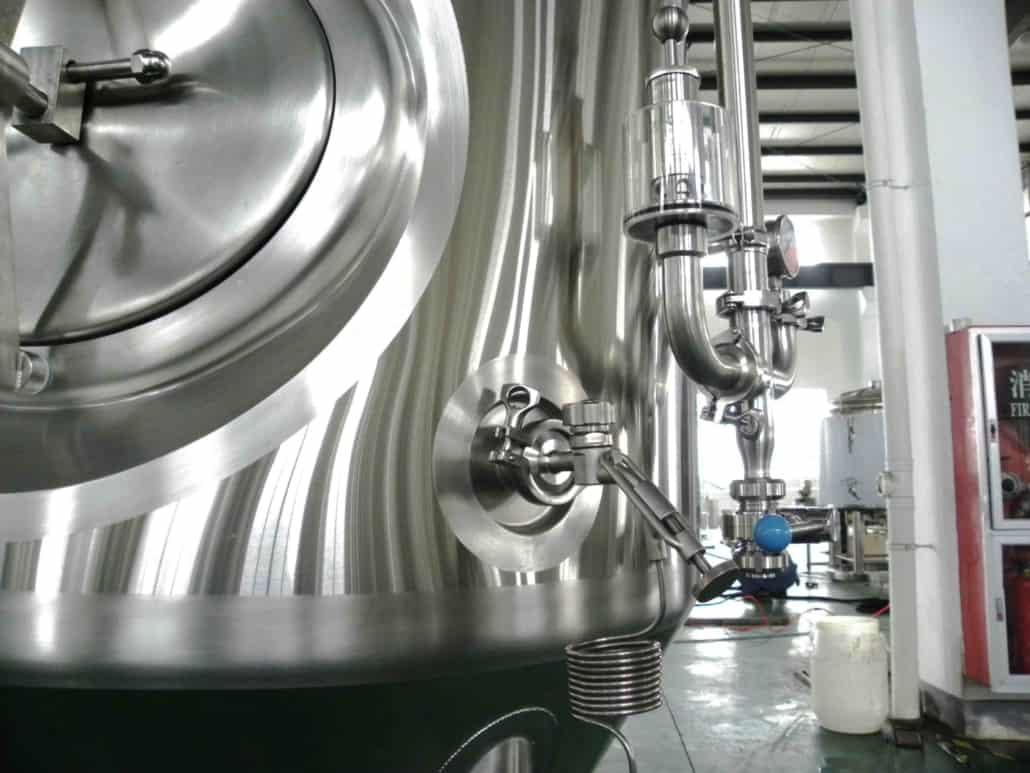
Choose a Location and Equipment for Your Craft Brewery
Location matters. A lot. You want visibility, walkability, and a welcoming vibe. Breweries thrive in revitalized industrial zones, hip neighborhoods, and even old warehouses turned into buzzing social hubs. But don’t forget: your space also needs to meet utility demands for power, water, drainage, and waste management.
Now let’s talk gear. Your brewing system is the beating heart of your operation. Choosing the right equipment depends on your production goals. Planning to stay small and local? A 3-5 barrel system might do. Going big? You’re looking at 15-30 barrels, fermenters, brite tanks, and packaging lines.
| Equipment | Description | Capacity Range | Estimated Cost |
|---|---|---|---|
| Brewhouse | Includes mash tun, kettle, and lauter tun | 3-30 barrels | $50,000 – $500,000 |
| Fermentation Tanks | For fermenting wort into beer | 3-60 barrels | $5,000 – $50,000+ each |
| Brite Tanks | Conditioning and carbonating tanks | Same as fermentation | $3,000 – $20,000 |
| Kegging/Bottling Line | Packaging your beer | Up to 1000 bottles/hour | $10,000 – $100,000 |
| Refrigeration & Storage | Cold rooms and keg coolers | Size-dependent | $5,000 – $50,000+ |
Compare systems from manufacturers like Ss Brewtech vs. Spike Brewing. Ss Brewtech tends to offer more turnkey solutions, while Spike allows more customization. Chinese systems may be cheaper but can be less reliable long-term. U.S. and German brands are pricier but praised for durability and support.
Develop Your Beer Recipes and Brewing Process
| Recipe Element | Description | Tips |
|---|---|---|
| Base Malt | Forms the foundation of the beer’s body | Use 2-row for a balanced, clean profile |
| Specialty Grains | Adds flavor, color, complexity | Experiment with roasted barley, chocolate, crystal malts |
| Hops | Controls bitterness and aroma | Citra and Mosaic are hop-head favorites |
| Yeast | Drives fermentation and contributes flavor | Choose ale yeast for faster turnaround |
| Water Profile | Influences mouthfeel and taste | Consider reverse osmosis and salt adjustments |
Recipe development is both art and science. Start with small pilot batches. Use apps like BeerSmith or Brewfather to calculate IBU, SRM, and ABV. Run tasting panels. Gather feedback. Tweak again. The best recipes often evolve over dozens of tweaks.
Branding and Marketing Strategy for Craft Breweries
Here’s the fun part. Your beer might be amazing, but people won’t know unless your brand makes them stop and look. Think about what your brewery stands for. Is it edgy and experimental? Rooted in local history? Sustainability-focused?
Your brand should bleed into everything: the logo, label design, taproom layout, social media tone, merch, and website. Use platforms like Instagram and TikTok to tell your story. Share behind-the-scenes footage of brew days, team hangouts, and beer launches. Partner with local food trucks, bands, or festivals.
And don’t underestimate word of mouth. Encourage user-generated content with hashtags, loyalty programs, and interactive taproom events.
Set Up Distribution Channels for Your Craft Brewery
You can sell beer in-house, via local bars, or through retail. Each has pros and cons. Taproom sales give you the best margin (up to 300%), but limit your reach. Distribution expands your market, but cuts profit and requires volume.
Start with local accounts. Offer samples to bar managers. Get into farmers markets and beer festivals. Use distributors if you’re ready for scale, but choose ones who believe in your brand and won’t bury your beer behind bigger names.
Crowlers, cans, or kegs? Depends on your market. Cans are booming in popularity for portability and freshness, while kegs dominate in bars. Glass bottles are fading fast unless you’re doing Belgian-style brews.
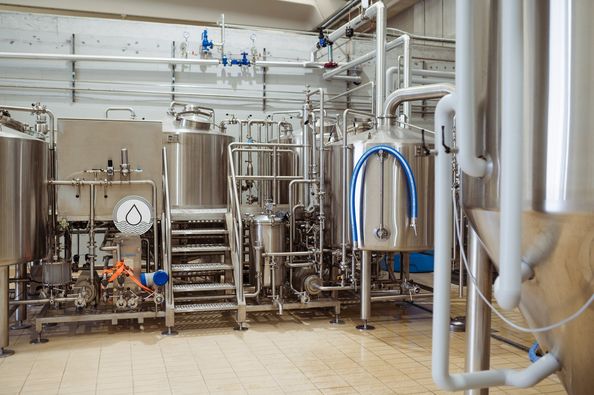
FAQ
| Question | Answer |
|---|---|
| How much does it cost to start a craft brewery? | Anywhere from $250,000 to over $2 million depending on size, location, and setup. |
| Can I start small and grow later? | Absolutely. Many brewers begin with a nano-brewery or a pilot system. |
| Do I need brewing experience? | It helps, but isn’t mandatory. You can hire a brewmaster or take brewing courses. |
| How long does it take to open a brewery? | Expect 12-24 months from planning to first pour. Licensing alone can take 6+ months. |
| What beers sell best? | IPAs still lead the pack, but lagers, sours, and hazy styles are catching up. Trends vary regionally. |
| Can I sell food too? | Yes, and many breweries do. Food trucks, pop-ups, or in-house kitchens add revenue and draw. |
| What about marketing? | Social media is king. Build a community and tell a story — not just sell a product. |

